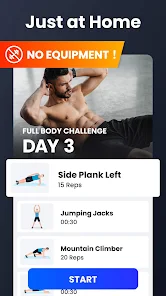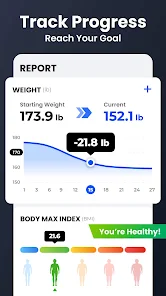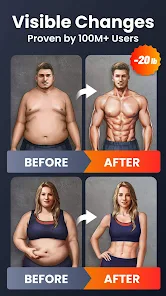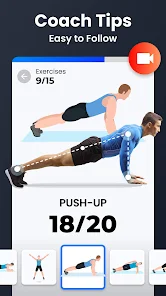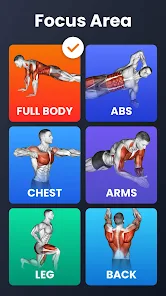Home Workouts: Your Guide to Fitness at Home
Introduction
Finding time for the gym can be a real struggle in today’s busy world. That’s where home workouts come in. They offer a convenient and effective way to achieve your fitness goals without the need for expensive equipment or gym memberships. This post explores the many benefits of working out at home and provides guidance on creating a successful home fitness routine.
Key Elements of Effective Home Workouts
Many effective home workout programs share several key elements:
- Structured Workout Routines: These routines typically target all major muscle groups, providing a balanced approach to fitness. They can be designed for various fitness levels, from beginner to advanced. Some programs offer daily routines, while others focus on weekly schedules.
- Bodyweight Exercises: A significant advantage of home workouts is that many effective exercises require no equipment. This makes them accessible to everyone, regardless of budget or access to a gym. Common bodyweight exercises include push-ups, squats, lunges, planks, and crunches.
- Warm-up and Stretching: Proper warm-up and stretching are crucial for preventing injuries. A good warm-up prepares your muscles for activity, while stretching improves flexibility and range of motion.
- Progress Tracking: Monitoring your progress is essential for staying motivated. This can be done through various methods, such as tracking your workouts in a journal, using fitness apps, or taking progress photos.
- Video and Animation Guides: Many online resources and fitness apps provide video and animation guides to demonstrate proper exercise form. This is especially helpful for beginners.
Benefits of Home Workouts
- Convenience: Work out anytime, anywhere, without having to travel to a gym.
- Cost-Effective: Save money on gym memberships and equipment (at least initially).
- Privacy: Exercise in the comfort and privacy of your own home.
- Time-Saving: Eliminate travel time to and from the gym.
- Flexibility: Easily adjust your workout schedule to fit your lifestyle.
Types of Home Workouts
- HIIT (High-Intensity Interval Training): Short bursts of intense exercise followed by brief recovery periods.
- Circuit Training: Performing a series of exercises with minimal rest in between.
- Strength Training: Using bodyweight or resistance bands to build muscle.
- Yoga and Pilates: Focus on flexibility, strength, and balance.
Frequently Asked Questions (FAQ)
- Q: Do I need any special equipment for home workouts?
- A: No, many effective home workouts can be done using just your body weight. This makes it easy to start working out immediately. However, you might consider adding resistance bands or dumbbells later on to increase the challenge.
- Q: How much time should I spend on home workouts?
- A: Even short workouts of 15-30 minutes can be beneficial, especially if you’re just starting. Aim for at least 150 minutes of moderate-intensity exercise or 75 minutes of vigorous-intensity exercise per week,
- Q: How can I stay motivated to work out at home?
- A: Setting realistic goals, creating a workout schedule, finding a workout buddy (even virtually), and tracking your progress can help you stay motivated. Using fitness apps or online workout videos can also add variety and keep things interesting.
- Q: Are home workouts effective for building muscle?
- A: Yes, bodyweight exercises can be very effective for building muscle, especially for beginners. As you get stronger, you can increase the difficulty of the exercises or add resistance with bands or weights.
Final Words
Home workouts offer a fantastic way to improve your fitness without the barriers of a traditional gym. By incorporating structured routines, focusing on proper form, and staying consistent, you can achieve your fitness goals from the comfort of your own home. Remember to consult with your doctor before starting any new workout program.



